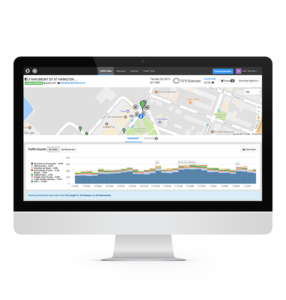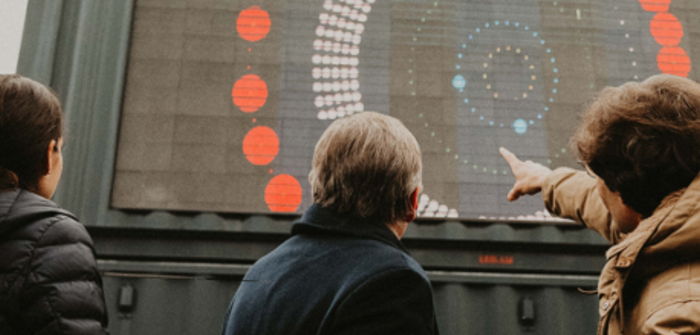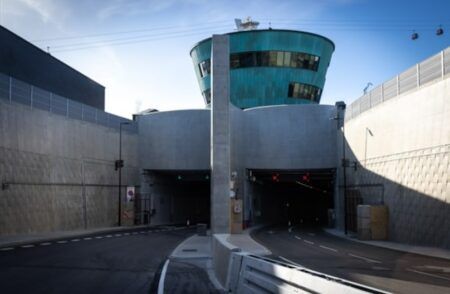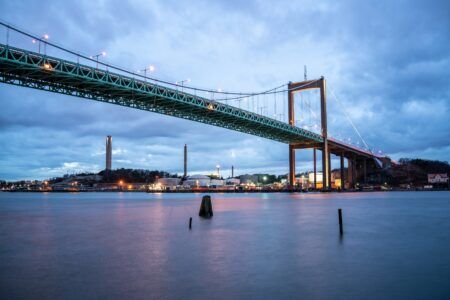Miovision, a Canadian developer of AI-based traffic management technology, has taken part in a project designed to demonstrate to people how their travel choices can lead to a fall in traffic congestion.
The project took place in the City of Luxembourg, which faces an uncommon challenge in that almost 45% of the workforce consists of cross-border workers who commute from outside the country every single day. The city has completed extensive multimodal infrastructure updates in an effort to lessen the stress on roadways, but a good transit network is only helpful if it is used by the public.
Luxembourg’s Ministry of Mobility wanted to generate awareness about the ways in which commuters both inside and outside the city could play a part in reducing congestion. It partnered with innovation-focused design firm Sensity to create a unique digital installation for citizens travelling along a major arterial road, to visually demonstrate how many square meters they were taking up by using this route. The goal was to make commuters aware of how their personal choices regarding modes of transport contribute to the congestion problem.
 The project needed reliable traffic data to show the number of cars, buses, trams, and bicycles, as well as the direction in which they travelled. Sensity chose Miovision’s DataLink platform and Scout video-based traffic collection tool to collect the count data, combining it with manually-captured data showing how many people were sitting in the different vehicles, which provided the information needed to create the awareness campaign.
The project needed reliable traffic data to show the number of cars, buses, trams, and bicycles, as well as the direction in which they travelled. Sensity chose Miovision’s DataLink platform and Scout video-based traffic collection tool to collect the count data, combining it with manually-captured data showing how many people were sitting in the different vehicles, which provided the information needed to create the awareness campaign.
Using the data, Sensity created a digital installation to demonstrate how much space a person takes up as they move through the city. The installation was designed to show citizens that by using public transport, congestion would fall, resulting in more space on roadways throughout the city, which ultimately leads to a better experience for all citizens. The visualization showed that travel by tram or bus is much more ‘space-efficient’ than using a car.
An interactive panel was positioned along a roadway that connects commuters entering the city from the Grand Duchess Charlotte Bridge. It grabbed the attention of citizens and visitors alike, capturing more than 3.5 million views over four weeks. The unique approach to using smart city data enabled Sensity to share information gathered by Scout directly with citizens to help drive a change in public behavior.





